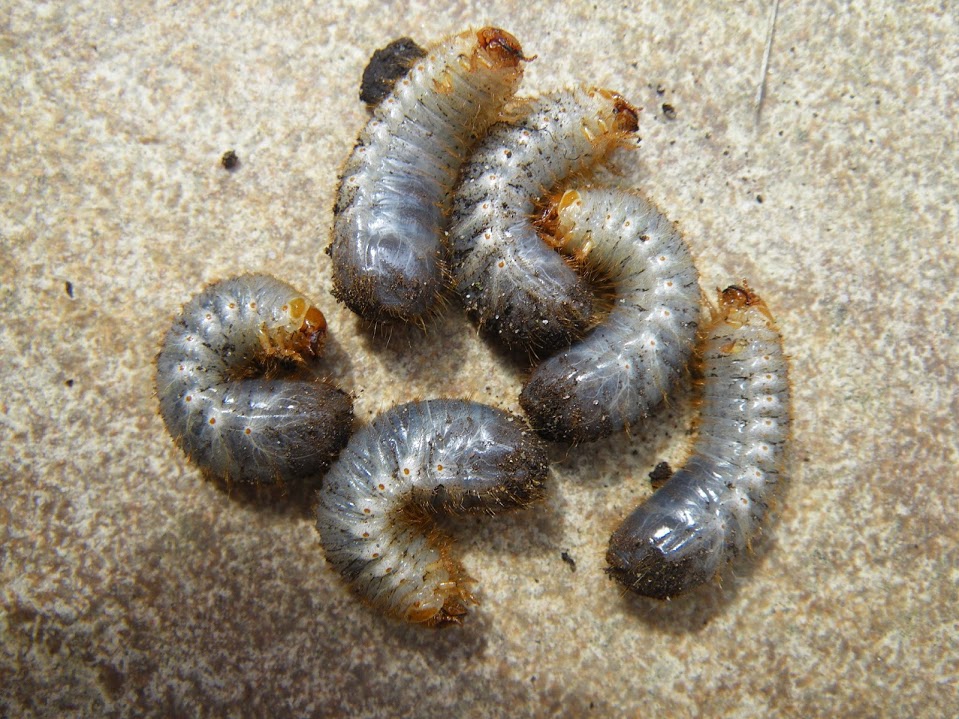
Lombrico Italia Differenza fra larve di Cetonia e Maggiolino
Cetonia carthami aurataeformis Curti 1913 (Scarabaeidae: Cetoniidae) Endemic subspecies of the Iberian Peninsula [42] Larvae feed on wood and litter in tree hollows [43], while adults are flowers.
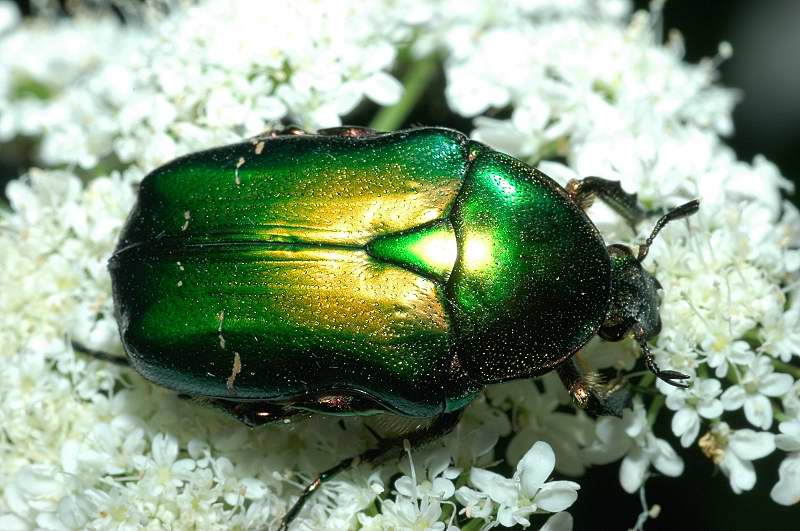
Larva di Cetonia aurata , Forum Natura Mediterraneo Forum Naturalistico
Cetonia aurata larvae burying themselves as quick as possible. For more visit http://maria.fremlin.org/cetonia_aurata/

Cetonia Aurata Larva Stock Photos Free & RoyaltyFree Stock Photos
Cetonia aurata larvae crawling on their backs.For more visit http://maria.fremlin.org/cetonia_aurata or http://maria.fremlin.de/stagbeetles/larva-guide

Нашествие личинок. Вот что бывает когда приютишь пару бронзовок
Origin: native What do rose chafers look like? Adults: are iridescent emerald green and purple-bronze in colour, and covered in fine hairs. They are large beetles, measuring around 20mm in length, and have a V-shape on the back, where the wing cases meet. Larvae: are yellow-white and curved in a C-shape.
Larva di Cetonia aurata , Forum Natura Mediterraneo Forum Naturalistico
In identifying the rose chafer ( Macrodactylus subspinosus syn. Cetonia aurata ), one will note that it is a tan, long-legged, slender beetle from 5/16 to 15/32 inches long (8-12 mm.). As you can see, this beetle is smaller than the Japanese beetle and does differ in appearance. They are, however, alike in the appetite and the damage they do.
47 Best Of Cetonia Aurata Larvae insectza
Cetonia aurata, called the rose chafer or the green rose chafer, is a beetle, 20 mm long, that has a metallic structurally coloured green and a distinct V-shaped scutellum.. Scara fg03.jpg|Larva Cetoine global.jpg|Pupa Cetonia aurata (Linnaeus 1761).jpg|Adult Cétoine dorée vol.jpg|With outspread wings; note the closed [[elytra]] Cetonia.
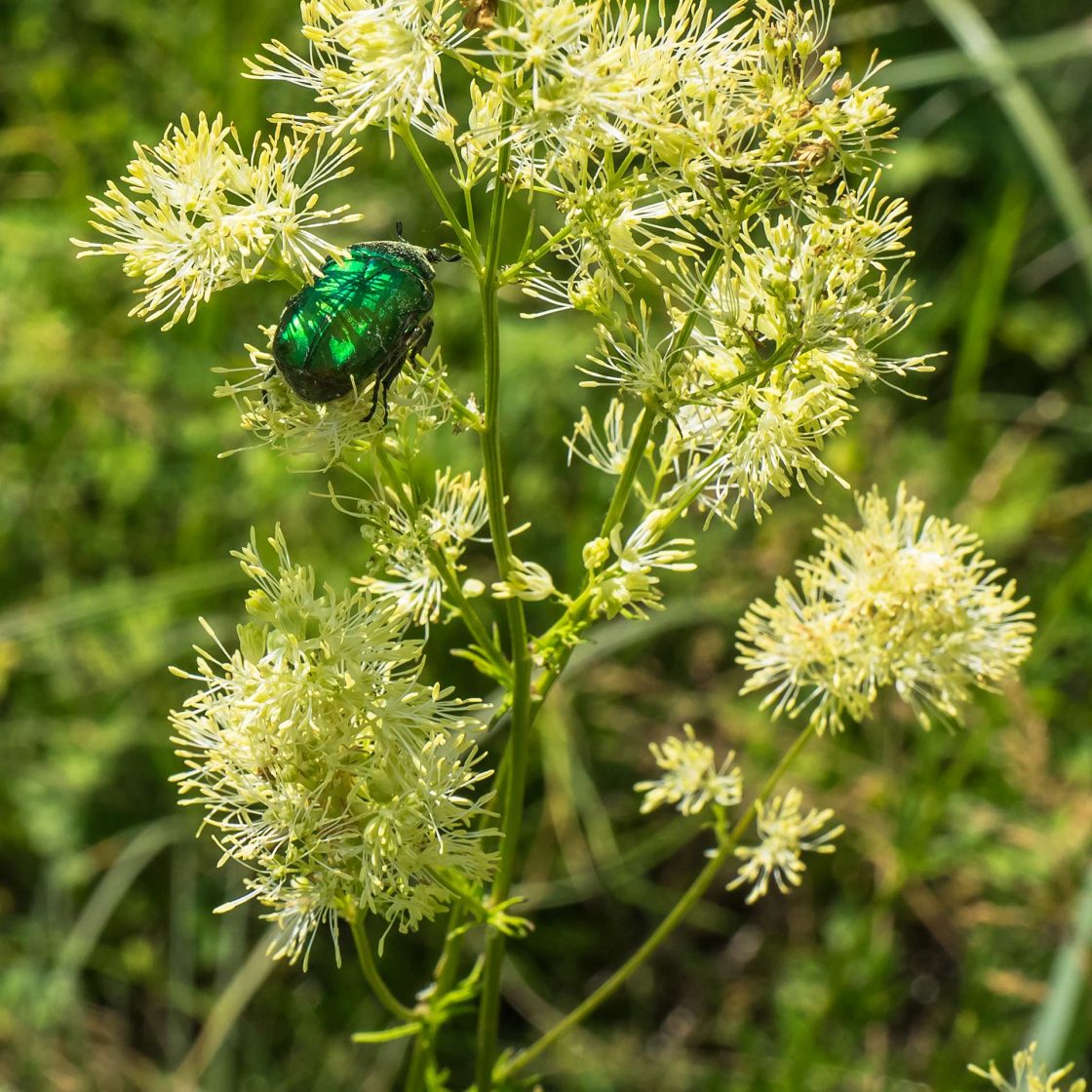
Cetonia aurata cetonia dorata, scarabeo dorato, la ‘cantilena
Cetonia Aurata — Hooligan in the Flower Garden On August 17, 2018 By expert Spread the love Contents: Invasion; Feed base Cetonia ; Ways of dealing with Cetonia aurata; When this beetle first appeared on the site (and he was very lonely), we looked at him with interest. It is believed that the insect is unique because we have never met it before.

Cetonia aurata Scarabaeidae Ukbeetles
The Rose chafer or Green rose chafer, Cetonia aurata (Linnaeus, 1758), is a coleopteran belonging to the famil Cetoniidae that groups adults with a medium sized body, a bit depressed, with liveries having metallic reflections, without any evident sexual dimorphism.
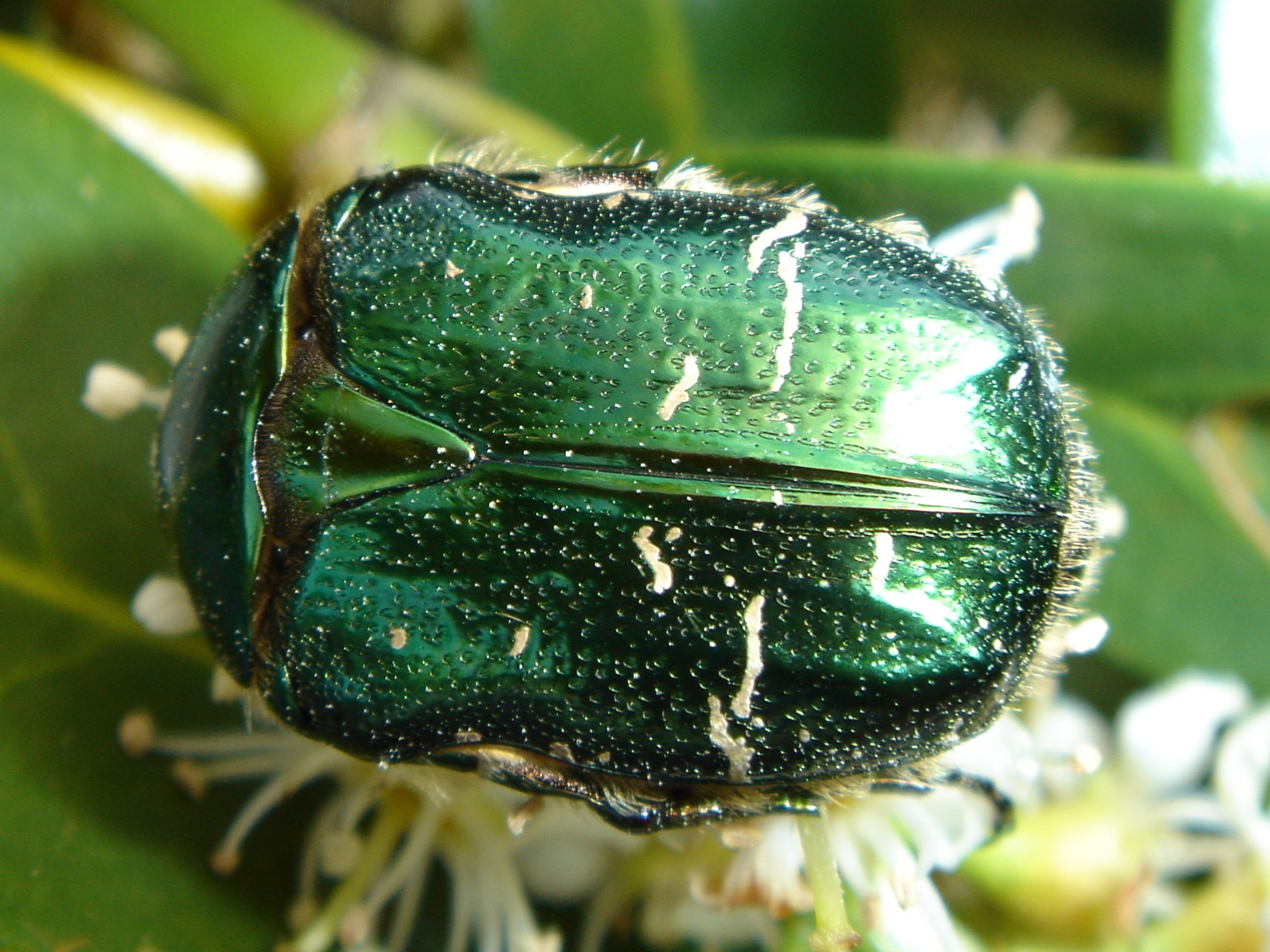
Cetonia aurata Chris Schuster
Size: 20 mm (0.78 inches) Color: They have a metallic green body, marked with small white lines running irregularly all over their body. While the undercol3s have a coppery tinge, the upper part is mostly violet, bronze, grey, bluish-black, or copper.
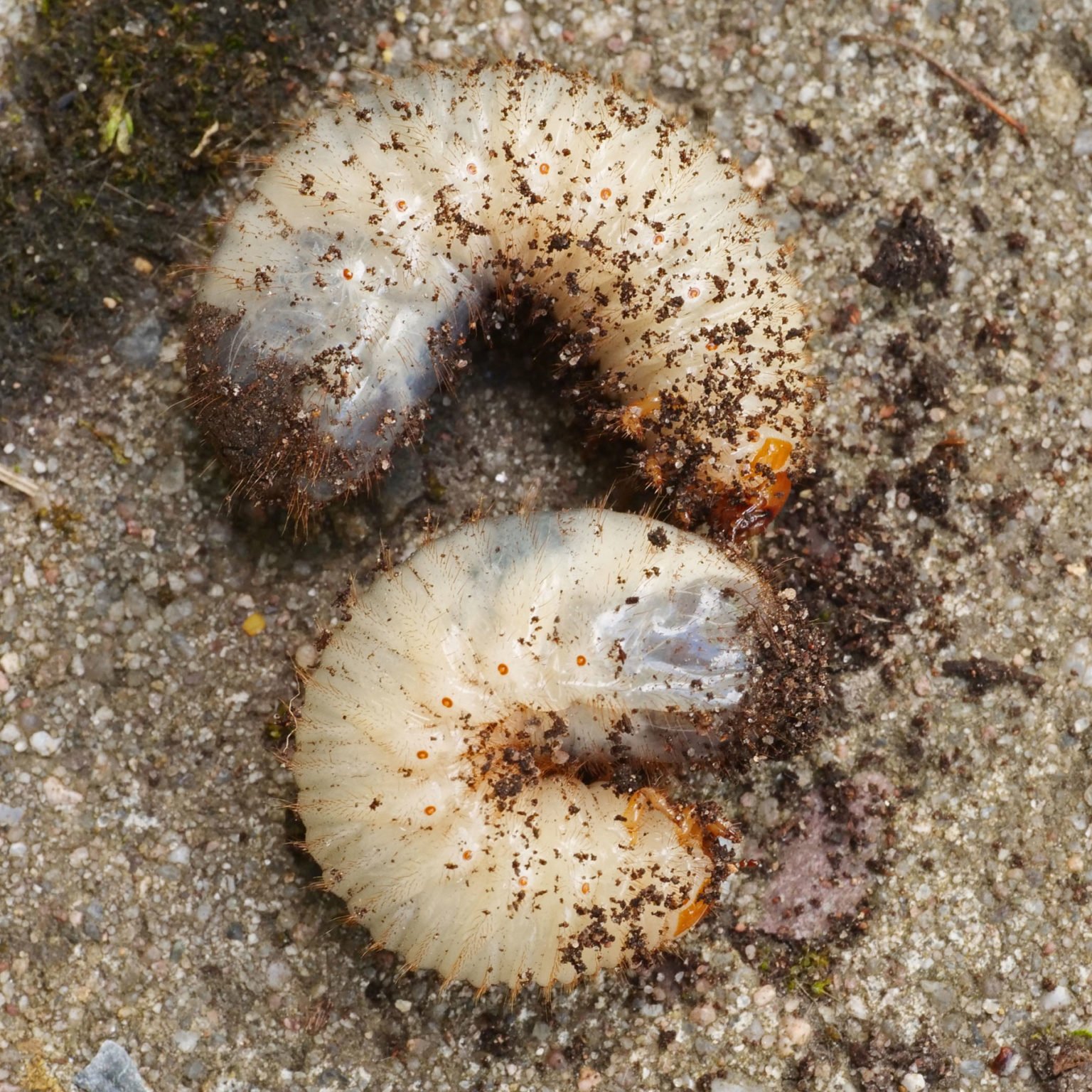
Rosenkäfer (Larven, Engerlinge)
Cetonia aurata | Scarabaeidae | Ukbeetles

Comparaison des larves de Scarabaeidae. Dans la larve gauche du
Among the allotmenteers they are known as "cockchafer"; elsewhere they can also be called chafer grubs or rook worms. However there is some confusion here as regards these common names, the true cockchafer, or May bug, is supposed to be Melolontha melolontha, which it is very rare in this area.
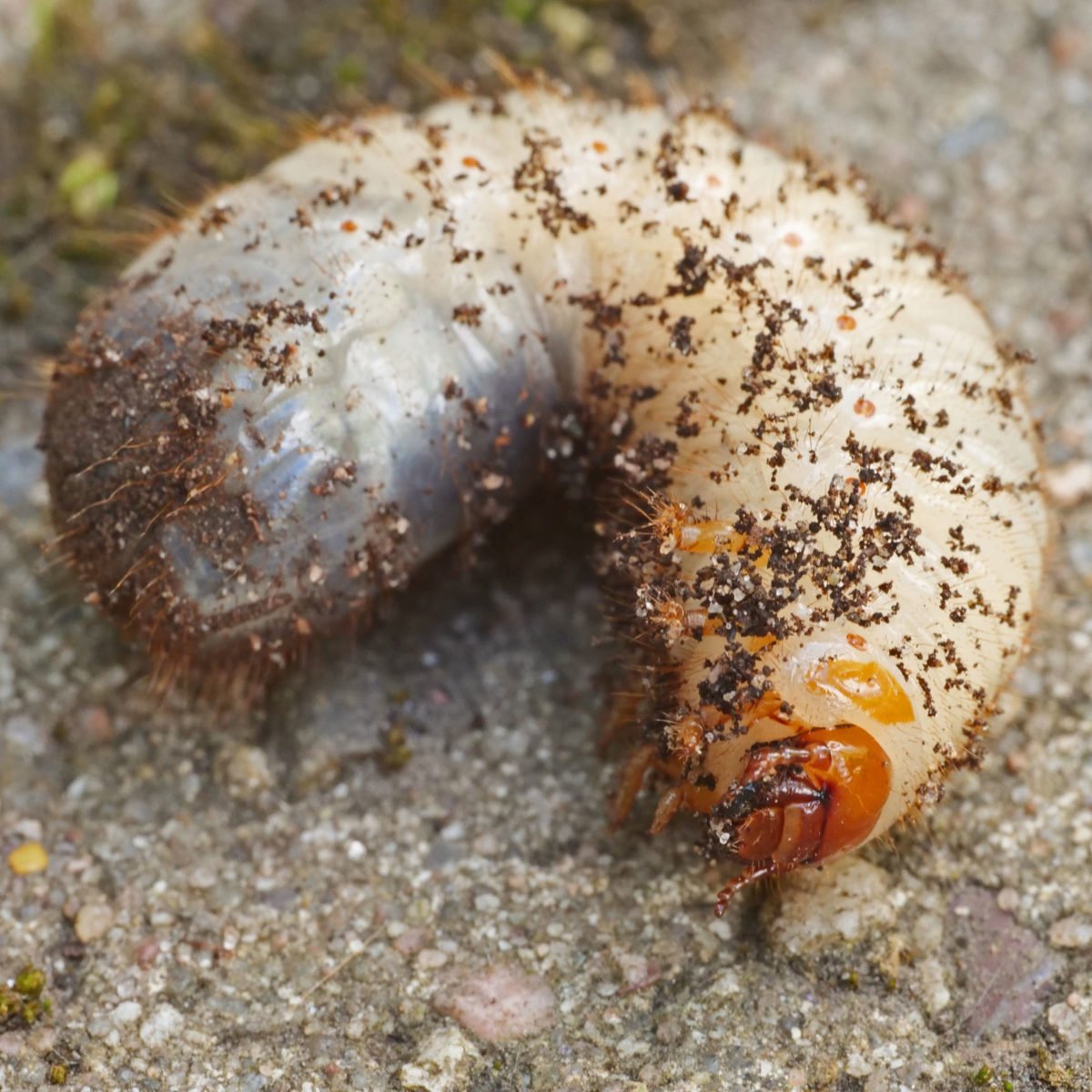
Rosenkäfer (Larven, Engerlinge)
Cetoniinae | uk beetles CETONIINAE Leach, 1815 Flower Chafers Only poorly represented in Britain, most of our species are very local and rare. At present only the rose chafer, Cetonia aurata is frequently encountered. Suborder: Superfamily: Family: Tribes: Genera: Species: Size: POLYPHAGA Emery, 1886 SCARABAEOIDEA Latreille, 1802

Cetonia aurata Scarabaeidae Ukbeetles
The Green Rose Chafer or simply Rose Chafer (Cetonia aurata) is a beetle from the family of scarab beetles (Scarabaeidae) that is often found in parks and gardens. Incidentally, the cockchafers also belong to this family. The beetles fly from April to November. They feed on nectar and plant juices and are often found in the blossoms of roses.
Larva di Cetonia aurata , Forum Natura Mediterraneo Forum Naturalistico
Zlatohlávek zlatý ( Cetonia aurata) je brouk z čeledi vrubounovitých, v Česku je nejhojnějším druhem zlatohlávka. Barevně je velmi proměnlivý, krovky mívá kovově zelené, zlatozelené, fialové, načervenalé nebo bronzové. Dospělý zlatohlávek měří 14-20 mm. [1] Má kovové zbarvení, které vzniká odrazem.

La Cetonia aurata. Come rimuoverla dalle piante Coltivazione Biologica
Cetonia carthami aurataeformis Curti 1913 (Scarabaeidae: Cetoniidae) Endemic subspecies of the Iberian Peninsula [42] Larvae feed on wood and litter in tree hollows [43], while adults are flowers.

Rose Chafer (Cetonia aurata), larva in soil Stock Photo Alamy
Cetonia aurata, called the rose chafer or the green rose chafer, is a beetle, 20 millimetres (3⁄4 in) long, that has a metallic structurally coloured green and a distinct V-shaped scutellum. The scutellum is the small V-shaped area between the wing cases; it may show several small, irregular, white lines and marks. The underside of the beetle has a coppery colour, and its upper side is.